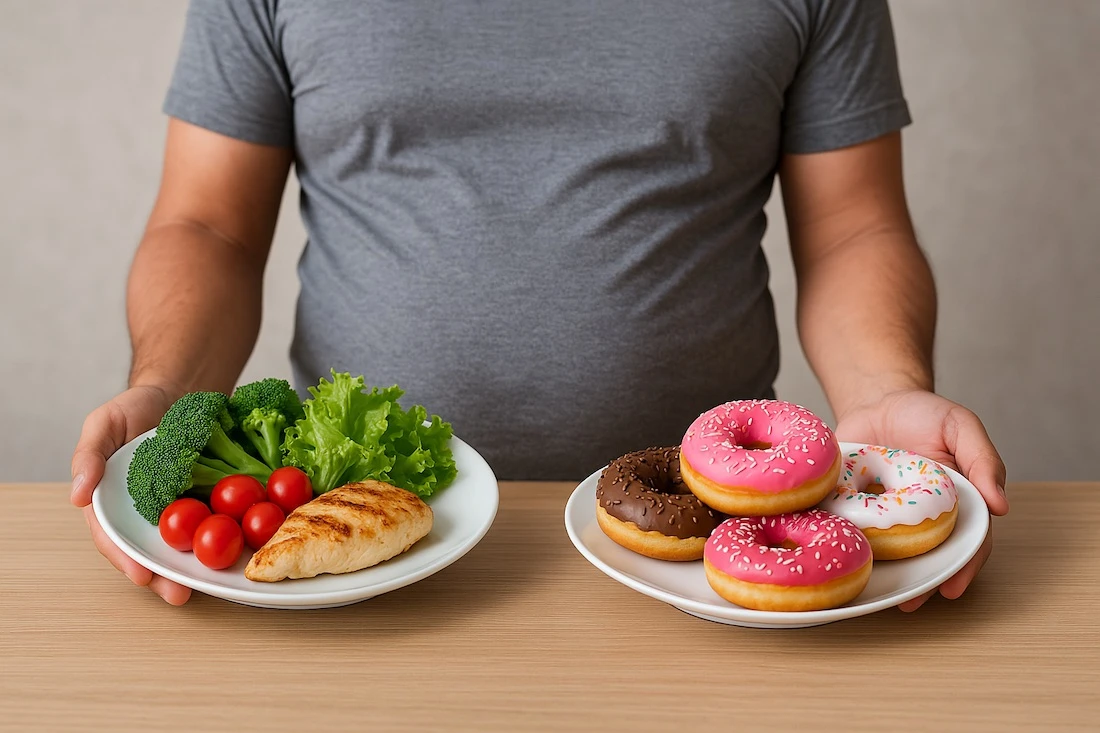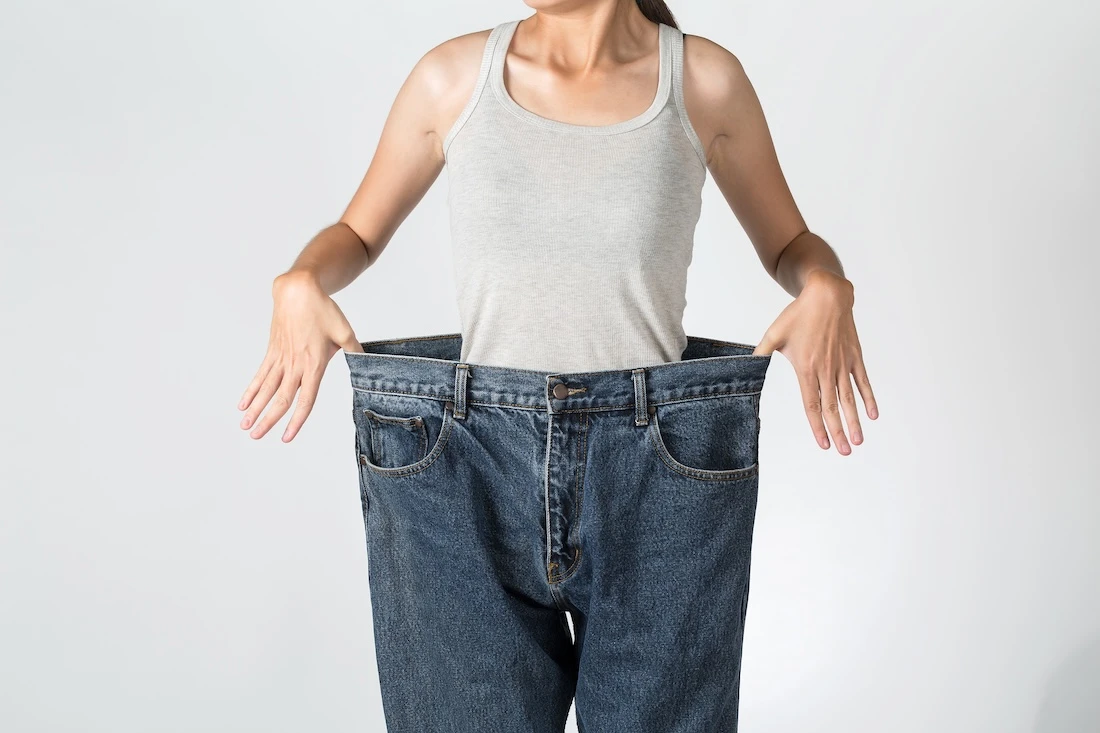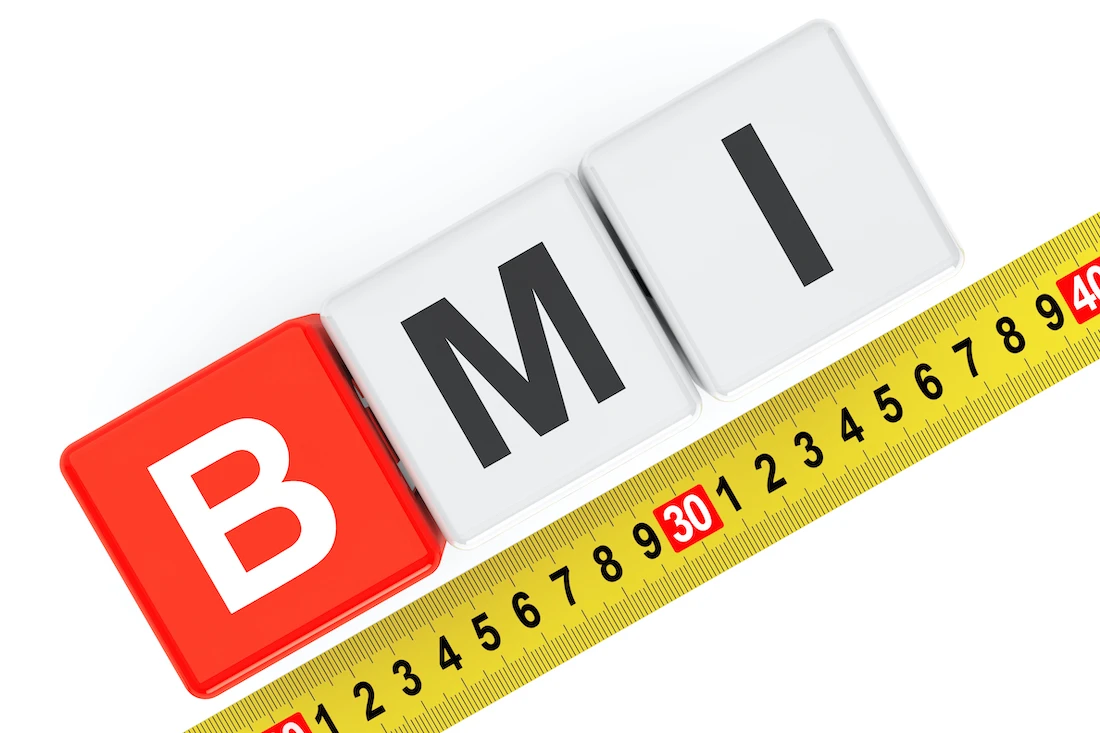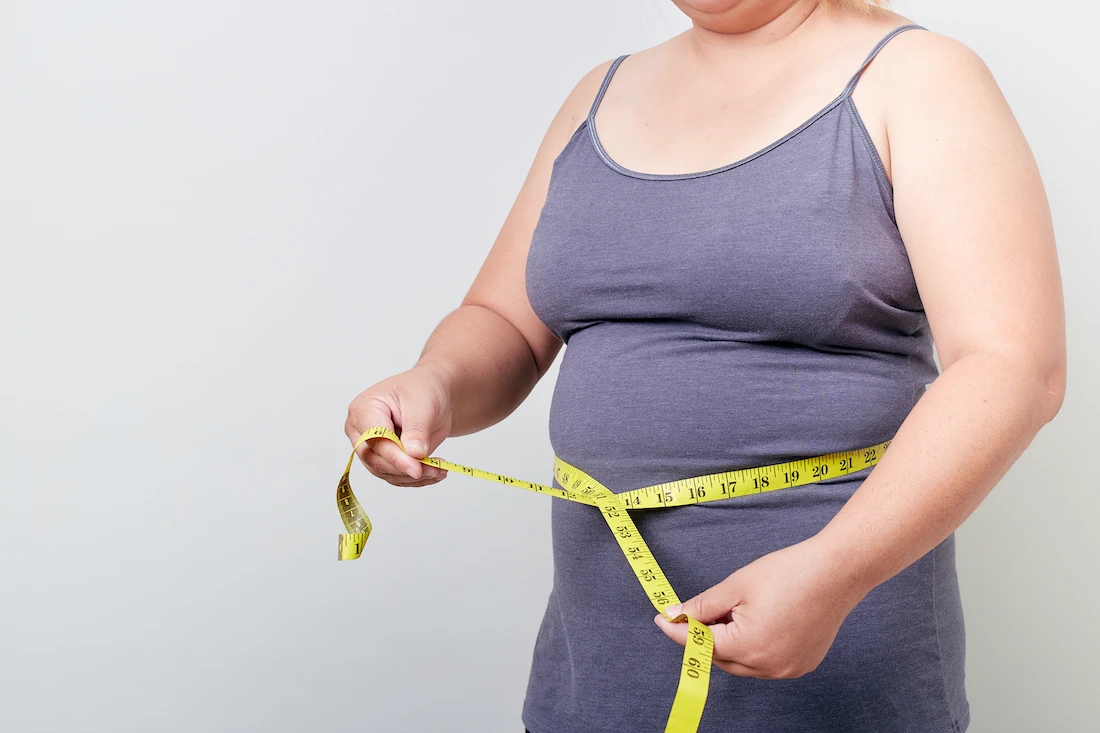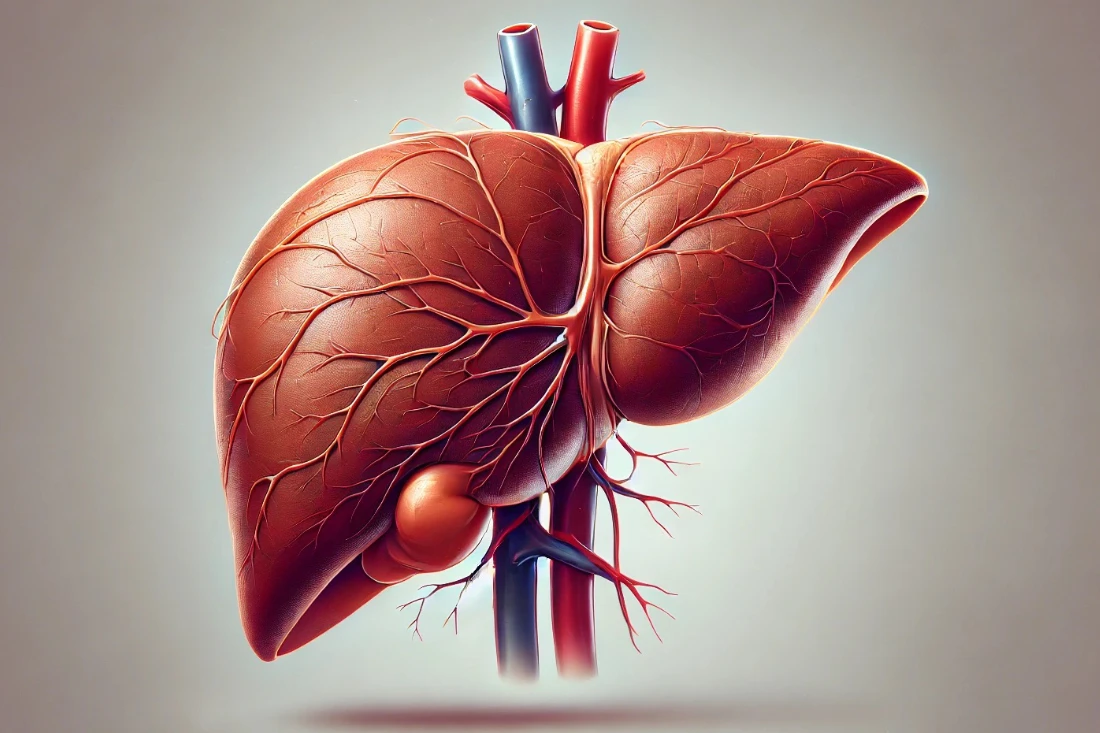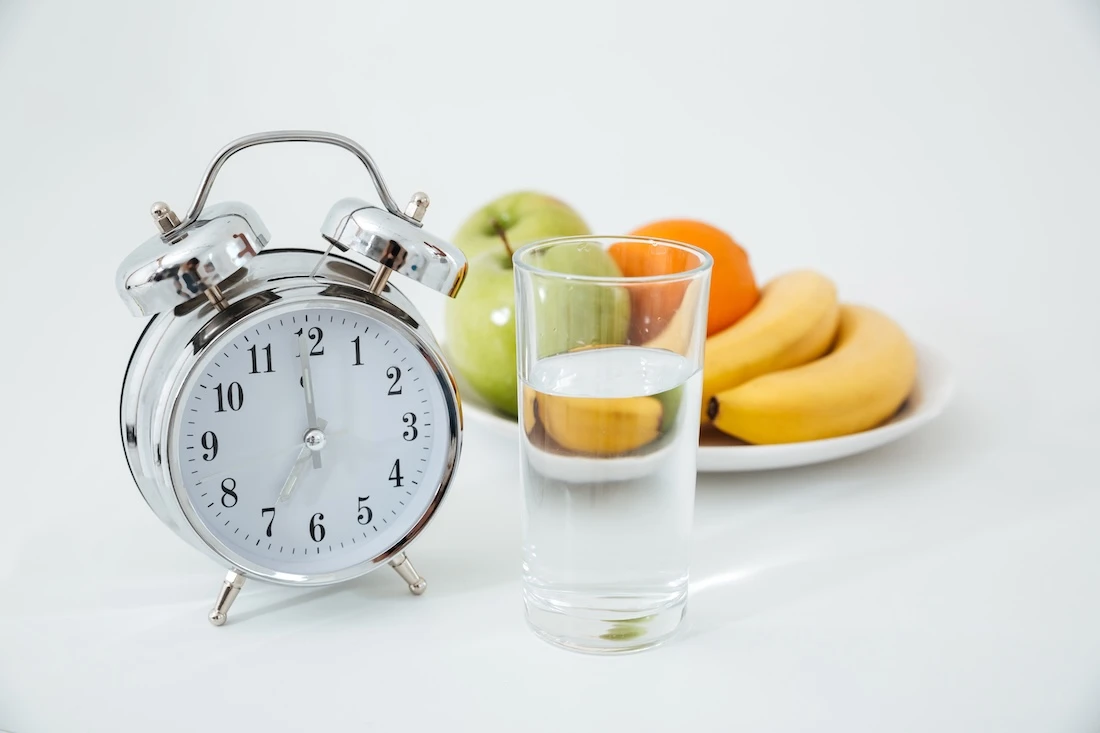Have you ever wondered what fuels your body and drives your metabolism? Understanding the concept of Basal Metabolic Rate (BMR) can be the turning point in your weight loss journey. BMR is the number of calories your body needs to maintain basic physiological functions at rest, and it plays a crucial role in effective weight management.
With the rise in the popularity of personalized wellness programs, knowing your BMR can empower you to tailor your diet and exercise regimen to suit your specific needs. By grasping why BMR matters and how to calculate it, you can make informed choices that lead to sustainable weight loss and overall health improvements.
BMR Calculator
Calculate your Basal Metabolic Rate (BMR) to understand how many calories your body burns at rest.
In this article, we will delve into the complexities of BMR, offer key formulas for calculation, examine its relationship with Total Daily Energy Expenditure (TDEE), and explore factors that influence BMR. We will also provide practical applications and strategies to optimize your BMR for better weight management and enhanced wellness with SlimCare Solutions.
Understanding BMR: What is Basal Metabolic Rate?
Basal Metabolic Rate (BMR) is the amount of energy your body requires at rest to maintain vital life functions such as breathing, blood circulation, and body temperature regulation. Remarkably, BMR accounts for approximately 70% of total energy expenditure in most individuals, highlighting its importance even without any physical activity.
Factors Influencing BMR:
- Age: BMR generally decreases with age.
- Gender: Men typically have a higher BMR due to greater muscle mass.
- Body Size and Composition: Larger bodies and higher muscle mass elevate BMR.
- Genetics and Hormones: These can affect metabolic rate significantly.
- Health Conditions: Certain medical conditions can impact BMR.
Increasing muscle mass is an effective way to boost BMR, as muscle tissue demands more energy than fat tissue. To determine your total daily calorie needs, first calculate your BMR and then multiply it by an activity factor that matches your physical activity level.
By understanding your BMR, you can create a more accurate and effective weight loss plan, tailored to your individual energy needs.
Why BMR Matters for Weight Loss
Understanding your Basal Metabolic Rate (BMR) is crucial for effective weight loss. BMR reflects the calories required to maintain essential bodily functions such as blood circulation and breathing while at rest. Knowing your BMR helps you tailor a calorie intake plan that includes a suitable calorie deficit, where you consume fewer calories than your body burns, promoting weight loss.
Increasing muscle mass is beneficial as muscle tissue consumes more calories at rest compared to fat tissue, boosting your BMR and aiding weight management. It’s important to note that extremely low-calorie diets might trigger metabolic adaptation, reducing your BMR and slowing weight loss, hence, a moderate deficit is recommended.
Regular updates to your BMR calculation can help accommodate changes in body composition, as losing lean body mass may lower your BMR, risking weight loss plateaus. Utilize tools such as the Mifflin-St Jeor or Harris-Benedict equations for accurate BMR calculations.
For personalized weight loss programs crafted to support your fitness journey, contact SlimCare Solutions at (916) 579-SLIM, located at 9352 Madison Ave, Ste 3, Orangevale, CA 95662, USA.
Key Formulas for Calculating BMR
Calculating your Basal Metabolic Rate (BMR) is foundational to understanding your caloric needs for effective weight management. BMR accounts for the energy your body requires to perform vital functions at rest, and several key formulas can be used to estimate it accurately. Here’s an overview of the most recognized equations:
Mifflin-St Jeor Equation
The Mifflin-St Jeor equation, introduced in 1990, is a widely preferred method for estimating BMR due to its increased accuracy for people with various weight ranges. This formula considers essential factors like weight, height, age, and sex, allowing for a more personalized assessment. It is beneficial for crafting dietary plans tailored to individual metabolic rates.
Mifflin-St Jeor Equation Formulas:
- For Men: BMR = (10 × weight in kg) + (6.25 × height in cm) – (5 × age in years) + 5
- For Women: BMR = (10 × weight in kg) + (6.25 × height in cm) – (5 × age in years) – 161
Harris-Benedict Equation
The Harris-Benedict Equation is a seminal method for calculating BMR, first developed in 1918 and refined in 1984 to improve its applicability to modern demographics. It also incorporates weight, height, age, and gender, offering reliable baseline measurements for calorie needs over time.
Revised Harris-Benedict Equation Formulas:
- For Men: BMR = 88.362 + (13.397 × weight in kg) + (4.799 × height in cm) – (5.677 × age in years)
- For Women: BMR = 447.593 + (9.247 × weight in kg) + (3.098 × height in cm) – (4.330 × age in years)
Katch-McArdle Equation
Distinct from the aforementioned equations, the Katch-McArdle formula bases its calculations on an individual’s lean body mass, making it particularly suited for those aware of their body fat percentage. This specificity allows for more accurate BMR estimates for athletes or individuals with higher muscle mass.
Katch-McArdle Equation Formula:
- BMR = 370 + (21.6 × lean body mass in kg)
This equation requires an understanding of one’s body fat percentage, as lean body mass is calculated by subtracting the fat weight from the total body weight. This formula is advantageous for fitness enthusiasts seeking precise caloric needs to support muscle retention or gain.
By understanding and applying these equations, you can better tailor your caloric intake to align with your health and weight loss goals. For personalized guidance, consider reaching out to SlimCare Solutions at (916) 579-SLIM, committed to supporting your wellness journey with expert advice and proven weight loss programs.
BMR vs. Total Daily Energy Expenditure (TDEE)
In the journey toward effective weight loss, understanding your body’s energy needs is pivotal. The Basal Metabolic Rate (BMR) and Total Daily Energy Expenditure (TDEE) play crucial roles in determining these needs. BMR represents the calories your body expends at rest to maintain vital bodily functions such as breathing, circulation, and organ operation. In contrast, TDEE encompasses not only the BMR but also the calories burned through daily activities and exercise. Both metrics are influenced by factors like age, weight, body composition, and activity levels.
An accurate understanding of these factors is crucial. Your BMR is foundational for estimating your energy needs, yet your actual TDEE can vary significantly based on your daily activities. By exploring TDEE further, you can tailor your weight loss plan to be both effective and sustainable.
Defining TDEE
Total Daily Energy Expenditure (TDEE) is the total number of calories your body requires to function daily, including your BMR and the energy expended through physical activities. Calculating TDEE involves multiplying your BMR by an activity factor that corresponds to your level of physical activity:
- Sedentary (little to no exercise): BMR x 1.2
- Light activity (light exercise/sports 1-3 days a week): BMR x 1.375
- Moderate activity (moderate exercise/sports 3-5 days a week): BMR x 1.55
- Very active (hard exercise/sports 6-7 days a week): BMR x 1.725
- Extra active (very hard exercise, physical job, or training): BMR x 1.9
Understanding your TDEE can empower your weight management efforts, providing a comprehensive view of your caloric needs to maintain or adjust your body weight according to your goals.
How to Calculate TDEE
To calculate your TDEE, start with determining your Basal Metabolic Rate using either the Mifflin-St Jeor equation or the Harris-Benedict Equation, both of which provide estimates based on individual metrics like age, sex, weight, and height. Here’s a quick look at how these equations differ:
Factor | Mifflin-St Jeor Equation | Harris-Benedict Equation |
|---|---|---|
Men | 10 x weight (kg) + 6.25 x height (cm) – 5 x age + 5 | 66.5 + (13.75 x weight (kg)) + (5.003 x height (cm)) – (6.75 x age) |
Women | 10 x weight (kg) + 6.25 x height (cm) – 5 x age – 161 | 655.1 + (9.563 x weight (kg)) + (1.850 x height (cm)) – (4.676 x age) |
Once you’ve calculated your BMR, multiply it by the appropriate activity factor listed earlier to estimate your TDEE. This holistic measure reflects your total caloric requirement, accounting for all forms of daily activity.
Adjusting Caloric Intake Based on TDEE
Achieving your weight goals involves adjusting your caloric intake based on your TDEE. To maintain your current weight, align your caloric intake with your TDEE. However, for weight loss, create a calorie deficit by consuming 500-1000 calories less than your TDEE. To support muscle gain, increase your caloric intake by about 15% over your TDEE to adequately fuel lean mass growth.
Effective weight management requires a personalized approach, taking into account various factors like body composition, age, sex, and activity levels. Regularly reassess these elements to ensure your dietary plan remains aligned with your energy needs and adjusts as your lifestyle or fitness goals evolve.
At SlimCare Solutions, we’re dedicated to supporting your health journey with personalized weight loss and wellness programs. Our experts provide guidance tailored to your unique needs, helping you understand and calculate your TDEE for effective weight management. For more personalized support, we invite you to learn more about our programs located at 9352 Madison Ave, Ste 3, Orangevale, CA 95662, USA, or contact us at (916) 579-SLIM.
Factors Influencing BMR
Understanding the Basal Metabolic Rate (BMR) is pivotal in crafting an effective weight loss strategy. BMR refers to the number of calories your body needs at rest to maintain essential bodily functions such as breathing, blood circulation, and cell production. Several factors contribute to variations in BMR, making it an essential metric for personalized weight loss plans. Here, we explore the critical influences on BMR to help unlock the key to effective weight loss.
Age
Your BMR fluctuates with age and particularly changes during various life stages. During early growth and development, BMR tends to increase. However, as adults age, a noticeable decline occurs. This reduction is largely due to a decrease in muscle mass and an increase in body fat percentage. After the age of 60, the effects are more pronounced as muscle mass diminishes further, resulting in a lower metabolic rate. For older adults, understanding these changes is crucial for managing energy needs and developing effective weight loss strategies.
Gender
Gender plays a significant role in determining BMR. Men generally have a higher BMR than women, attributed to their higher muscle mass and lower body fat levels. A pound of muscle burns approximately six calories per day at rest, compared to just two calories for a pound of fat. Consequently, the biological differences in muscle mass and body composition mean that men typically have a faster metabolism than women, impacting their caloric needs and weight management approaches.
Body Composition
Body composition significantly influences BMR. Muscle tissue, part of the lean body mass, requires more energy to maintain than fat tissue, resulting in a higher BMR for individuals with more muscle. This is why resistance training that builds muscle can directly boost resting metabolic rates by around 5%. Tools like body fat monitors can be beneficial for assessing muscle and fat proportions, hence enabling more personalized and effective weight management plans.
Hormonal Influences
Hormones are integral to metabolic processes, affecting how we burn calories. For instance, the thyroid gland releases hormones that regulate BMR; high hormone levels can elevate BMR. Conversely, hormonal imbalances, possibly due to reduced calorie intake, can disrupt metabolic rates. These imbalances may affect mood, menstrual cycles in women, and even bone density. Understanding hormonal influences is vital for creating balanced and effective weight loss programs.
Temperature and Climate
External temperature and climate also impact BMR. In colder climates, the body expends more energy to maintain its temperature, thereby increasing BMR. Similarly, during fever or high body temperature conditions, metabolic processes accelerate, demanding more energy. Though BMR calculations may not fully account for these external conditions, they are essential in understanding daily energy expenditure and adjusting caloric intake accordingly.
By understanding these factors influencing BMR, individuals can better tailor their weight loss plans, recognizing that personal attributes and environmental conditions significantly impact metabolic rates. At SlimCare Solutions, we emphasize this understanding, providing personalized wellness and weight loss programs designed to empower your health journey with expert care and proven results. For more information, visit us at 9352 Madison Ave, Ste 3, Orangevale, CA 95662, USA, or call (916) 579-SLIM.
Ways to Optimize Your BMR
Determining your Basal Metabolic Rate (BMR) is pivotal in tailoring an effective meal plan for weight management. Your BMR represents the number of calories your body needs to maintain vital functions at rest, such as breathing, circulation, and cellular production. By accurately calculating your BMR, tools like the Mifflin-St Jeor and Harris-Benedict equations offer valuable insights into your current metabolic rate and help set the foundation for your dietary needs.
Factors such as genetics, age, gender, and body composition, including muscle mass and body fat percentage, profoundly influence BMR. Optimizing your body’s fat-to-muscle ratio can enhance your metabolic rate, making it essential to regularly recalibrate your BMR every 3-6 months or after significant body weight changes. This practice ensures that your calorie intake remains aligned with your evolving daily energy expenditure requirements.
Nutritional Strategies
Utilizing smart nutritional strategies is key to optimizing your BMR. Increasing muscle mass through strength training supports higher metabolic rates as muscle tissue consumes more energy compared to fat. Focus on consuming a diet rich in proteins to maintain and grow your muscle mass, which subsequently enhances your BMR. Eating smaller, frequent meals can help keep your metabolism stable. Additionally, avoiding extreme calorie deficits is critical. Severe caloric restrictions can cause your body to conserve energy, thereby reducing your BMR and hindering weight loss efforts. As you age, it’s important to adjust your diet and activity levels to counteract the natural decline in BMR due to muscle mass loss and a slower metabolism.
Incorporating Exercise
Exercise is a powerful tool in achieving and maintaining a calorie deficit necessary for weight loss. Incorporating strength training into your routine can notably increase your resting metabolic rate by up to 5%, boosting calorie burn even during periods of inactivity. Engage in various forms of physical activity, such as yoga, strength training, and walking, to fit your personal preferences and lifestyle. Non-exercise activity thermogenesis (NEAT), or the calories burned through daily activities, also contributes significantly to energy expenditure. Increasing NEAT by integrating more movement throughout your day can help enhance your metabolic rate. Regular physical activity not only supports the creation of a calorie deficit but also sustains efficient metabolic functioning.
The Role of Sleep
Sleep quality is integral to metabolic health and weight management. Lack of sleep can disrupt hormone production, negatively affecting appetite and energy levels, thus impeding weight loss goals. Chronic stress and poor sleep can exacerbate these issues, further lowering your BMR. Achieving adequate sleep is crucial for maintaining a healthy metabolism, as it allows the body to perform essential processes effectively. Prioritize good sleep hygiene to ensure that your energy expenditure and overall metabolic function remain optimal. Poor sleep can make losing weight more challenging by reducing your BMR, emphasizing the importance of rest in any effective weight loss plan.
At SlimCare Solutions, we’re dedicated to empowering your health journey with personalized weight loss and wellness programs designed to meet your unique needs and goals. Contact us to learn more about how we can support your path to better health and a more energized life.
Practical Applications of BMR Calculation
The Basal Metabolic Rate (BMR) calculator is an invaluable tool in understanding and managing your body’s energy requirements. At rest, your body performs numerous vital functions such as breathing, blood circulation, and cellular growth, all of which require energy. By calculating your BMR, you gain insight into the number of calories your body needs to perform these functions in a resting state. The Mifflin-St. Jeor equation, widely recognized for its accuracy, uses key personal variables like age, sex, height, and weight to estimate your BMR, forming the foundation for a personalized weight management plan.
Knowing your BMR is the first step towards determining your Total Daily Energy Expenditure (TDEE), which accounts for daily activities and exercise. This knowledge empowers you to set realistic health goals, whether that’s weight loss, muscle gain, or maintenance. Understanding your BMR is crucial to creating a calorie calculator tailored to your needs, ensuring that your journey toward wellness is both effective and efficient.
Weight Loss
Achieving weight loss involves more than just reducing calorie intake; it requires a strategic approach using insights from your BMR. By understanding how many calories your body functions on at rest, you can establish a caloric deficit, which is crucial for shedding pounds.
To facilitate safe and sustainable weight loss, aim to consume 500 to 1,000 calories less than your TDEE each day. This typically results in a weight loss rate of one to two pounds per week. For more sustained results, consider modest reductions of 200 to 300 calories instead of drastic cuts, which might not be practical or safe. A well-calculated BMR allows you to adjust your dietary habits systematically to achieve your desired weight, tapping into fat stores while preserving muscle mass.
Muscle Gain
For those aiming to increase muscle mass, understanding your BMR is equally critical. Muscle tissue is more metabolically active than fat, meaning as you gain muscle, your BMR increases. This requires a recalculated approach to your calorie needs.
Engage in anaerobic exercises like weight lifting to boost muscle mass, thus indirectly increasing your BMR. To support this growth, it’s important to increase your caloric intake, particularly focusing on proteins and carbohydrates. As your muscle mass grows, so will your body’s energy demands at rest. Adjust your caloric targets to support this new baseline, ensuring your body composition goals are met efficiently.
Maintenance
Reaching your desired weight is just one part of your health journey. Maintenance involves determining the right balance of calories to sustain your current weight. Recalculating your BMR periodically is essential as it reflects your current body composition and energy requirements.
Utilize your BMR to determine maintenance calories, which are crucial for preventing weight regain. As you successfully lose weight, remember that your calorie needs decrease, so recalibration of your diet is necessary. Align your caloric intake with your goals—whether it be maintaining weight, further reducing fat, or increasing muscle. Matching your macros to your lifestyle and physical activities prevents sabotaging your well-earned progress and keeps you aligned with your fitness and meal plans.
By integrating the BMR calculator into your daily routine, you set the stage for an informed and empowering health journey. With SlimCare Solutions’ personalized weight loss and wellness programs, you can unlock the full potential of these valuable insights to achieve your wellness goals seamlessly. Contact us at 9352 Madison Ave, Ste 3, Orangevale, CA 95662, USA, or (916) 579-SLIM for expert care and proven results.
Frequently Asked Questions About BMR
What is Basal Metabolic Rate (BMR)?
Basal Metabolic Rate (BMR) is the number of calories your body needs at rest to maintain vital functions such as breathing, blood circulation, and cellular repair. Understanding your BMR is essential for managing body composition, whether your goal is weight loss, weight maintenance, or muscle gain. By knowing your BMR, you can better tailor your calorie intake and exercise routine to align with your health and fitness objectives.
What Factors Influence BMR?
BMR varies significantly between individuals due to factors such as sex, age, height, and weight. For instance, men typically have a higher BMR than women because they tend to have more lean muscle mass. Specific formulas are used to calculate BMR, adjusting for these differences:
- For men, 5 kcal/day is added to the formula.
- For women, 161 kcal/day is subtracted from the formula.
Does BMR Change Over Time?
Yes, BMR decreases with age, particularly after 60. This decline is often due to the natural loss of metabolically active muscle mass that occurs as we grow older. Maintaining muscle through strength training and proper nutrition can help slow this decrease and support overall metabolic health.
Common Misconceptions
A prevalent misconception is that BMR denotes calories burned at rest—actually, that’s the Resting Metabolic Rate (RMR). BMR requires total physiological equilibrium, unlike RMR, which can be subject to contextual influences. According to a 2005 meta-analysis, there’s a 26% unknown variance in BMR among individuals, underscoring the complexities in metabolic rate prediction.
BMR calculations should be considered estimates; inaccurate measurements could lead to ineffective weight management. Personalized monitoring of exercise and diet is essential, as generic calculators might ask for body fat percentage, information many people do not readily have available.
Importance of Accuracy in BMR Calculation
Accurate BMR determination is pivotal for effective weight management. It aids in understanding how many calories your body uses at rest, facilitating tailored diet and exercise plans. Tools like the Mifflin-St Jeor equation offer approximate values, though results might deviate by about 10% from a true BMR. Additionally, a 26% unknown variance in individual metabolism adds layers to these calculations.
Relying exclusively on BMR for caloric intake is neither safe nor healthy since it omits necessary caloric needs from daily activity. A comprehensive health strategy also considers metrics beyond BMR, including muscle-to-fat ratio, underlying health conditions, and hormonal factors.
Tools and Resources for BMR Calculation
A BMR calculator employs specific formulas to estimate your basal metabolic rate, requiring personal data such as age, gender, height, and weight. The Mifflin-St Jeor equation is widely used for this purpose, delivering an accurate estimate of the calories needed to sustain basic physiological functions while at rest.
These calculators assist in shaping personalized diet plans, outlining the minimal caloric intake needed to maintain essential bodily functions. It’s advisable to recalculate your BMR every 3-6 months or after any significant weight change to keep your calorie targets aligned with your current needs.
Combining BMR calculations with total daily energy expenditure (TDEE) helps establish a comprehensive daily calorie goal, promoting sustainable weight loss through a caloric deficit strategy.
For those embarking on a journey to better health and weight management, the expertise from SlimCare Solutions can guide you through understanding and applying BMR in your wellness plan. Visit us at 9352 Madison Ave, Ste 3, Orangevale, CA 95662, USA, or call (916) 579-SLIM for personalized support.
Taking Control of Your Weight Loss Journey
Taking control of your weight loss journey begins with understanding your Basal Metabolic Rate (BMR). This key factor reveals how many calories your body requires simply to maintain essential functions like blood circulation and muscle tissue upkeep. Creating a calorie deficit—consuming fewer calories than your body burns—is vital to achieving weight loss.
To accurately determine your daily calorie needs, use a metabolic rate calculator based on the Mifflin-St Jeor or Harris-Benedict Equation. Multiply your BMR by an activity factor considering your lifestyle, from sedentary to very active. This will guide your caloric intake for effective weight management.
Recommended Steps for Safe Weight Loss:
- Calculate your BMR using a reliable calorie calculator.
- Determine your total daily calorie needs based on your activity levels.
- Aim for a gradual calorie reduction of 200-300 calories per day.
- Engage in regular physical activity to boost metabolism and muscle mass.
SlimCare Solutions offers personalized weight loss programs designed to empower your health journey. Call (916) 579-SLIM to start your path to a healthier you today.
Disclaimer: The BMR Calculator results are for informational purposes only and should not replace professional medical or nutritional advice. Consult a healthcare provider or dietitian for personalized recommendations regarding your health and dietary needs.





